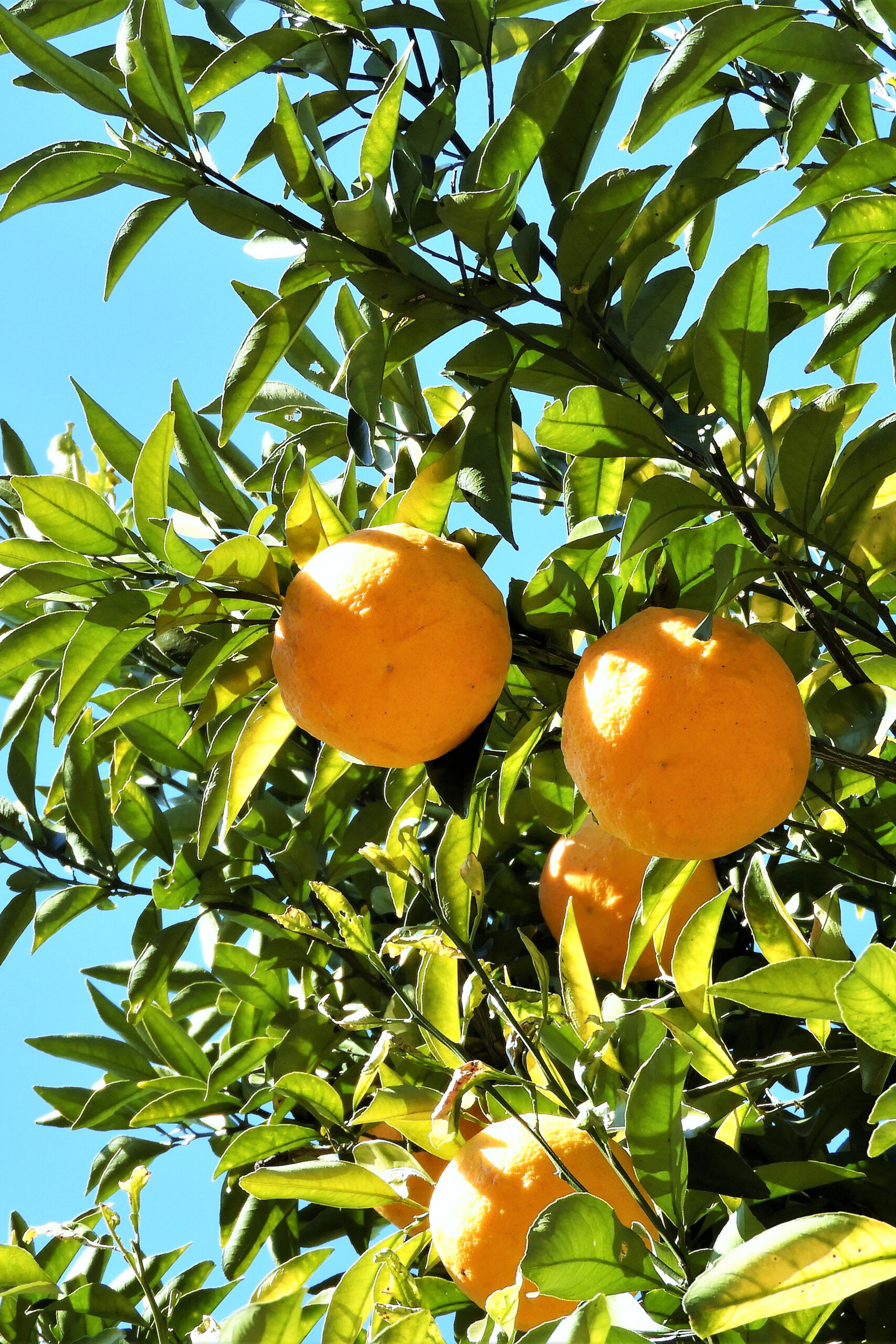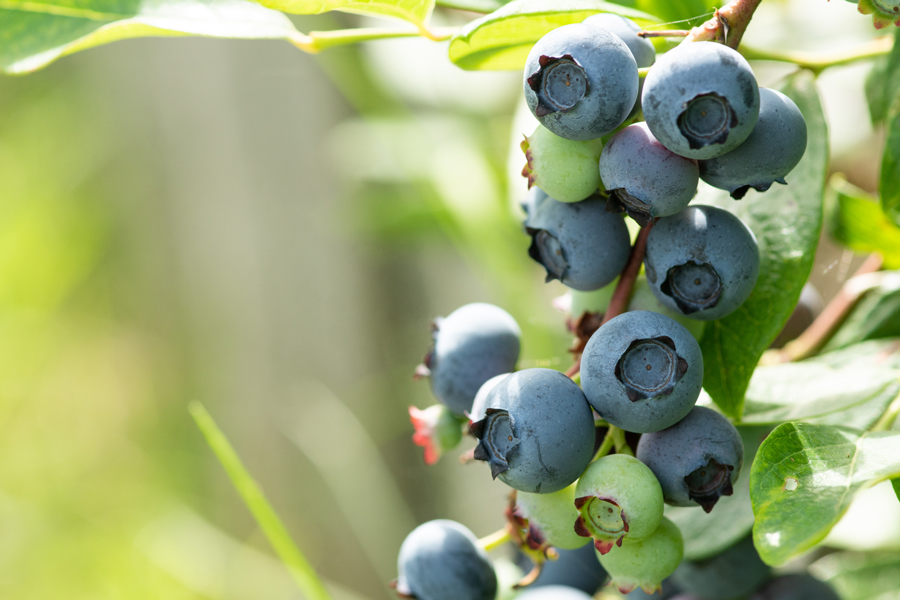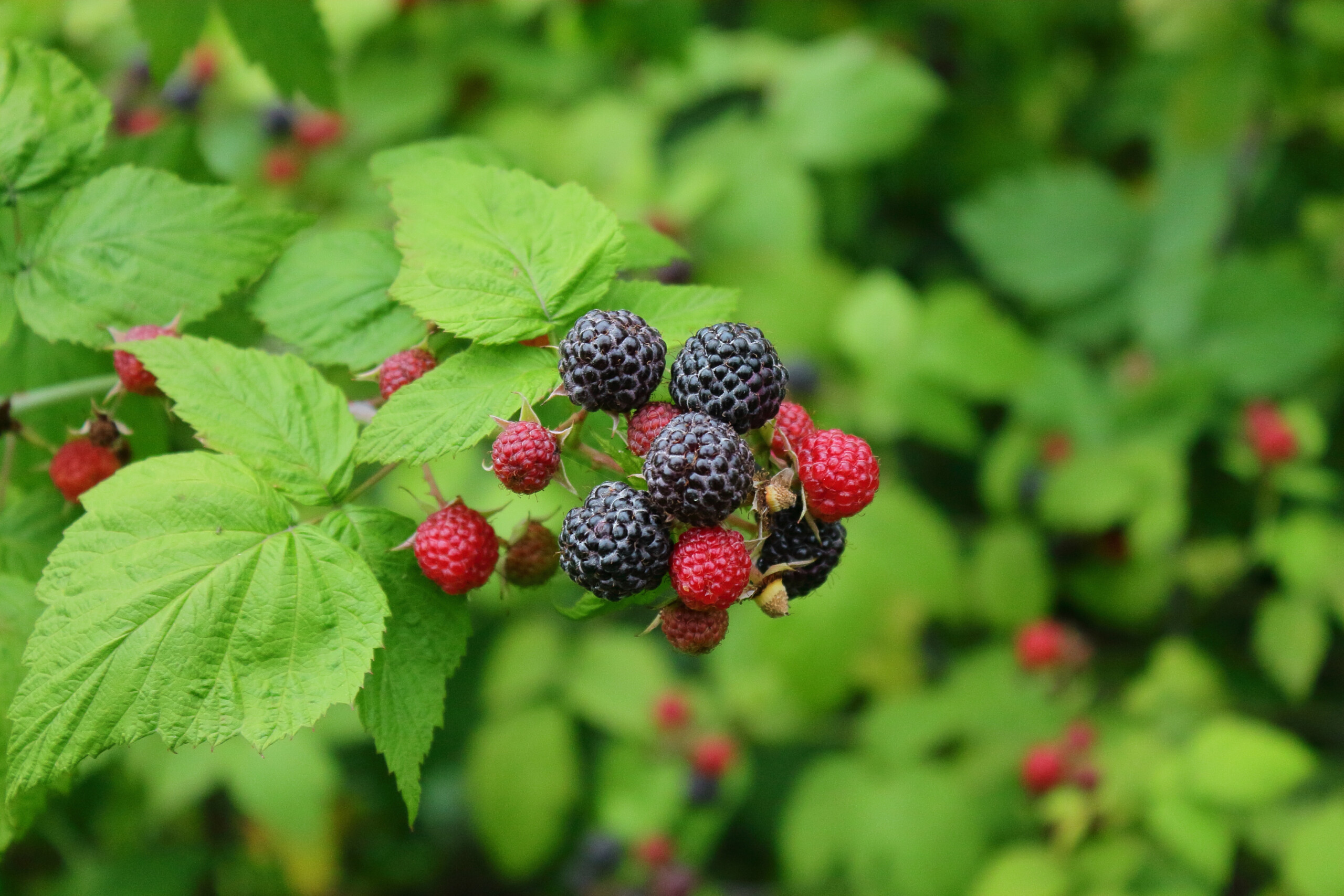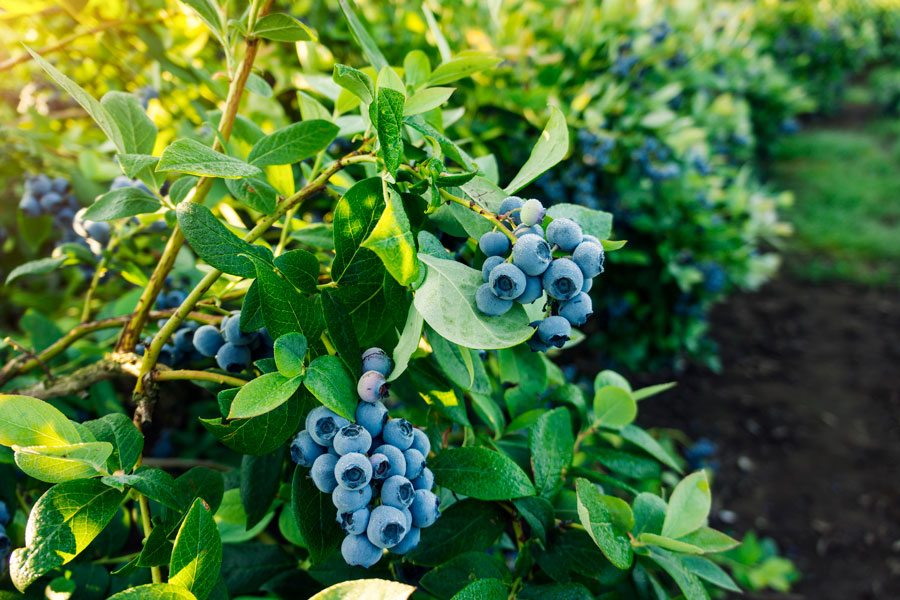Commercial Fruit
-

Dooryard citrus has been grown in Georgia for decades, but growing citrus commercially is new to Georgia growers. This publication addresses problem prevention, maintenance, insects, diseases, and some physiological issues of concern in Georgia. The time of year to address maintenance, insects, disease, and physiological issues is projected. Many of the production practices in Georgia are similar to those in Florida, but some, such as timing of fertility, are different. Many of the known insects and diseases of citrus have been confirmed in Georgia while others are yet to be confirmed. As new citrus trees and varieties are brought in from citrus nurseries in Georgia and other states, more production issues will arise. Many issues covered in this publication may not be present in all commercial groves, and other issues will certainly arise. Many citrus management problems can be prevented by proper planting techniques and by selecting the best citrus varieties and rootstocks adapted to our location. Planting healthy, disease-free citrus trees in appropriate sites with adequate windbreaks and irrigation may prevent future issues and limit the need for many pesticide applications.
Jake Price
|
-

One of the most common questions regarding citrus is how much cold weather they can withstand before they are killed. Most citrus growers are looking for a specific low temperature, but there is no simple answer to this question because there are so many factors involved in citrus cold hardiness. This publication details research and information on the relative cold hardiness of different citrus varieties in Georgia documented from the 2022 December freeze, which saw unseasonably low temperatures. It is important to document the impact of a freeze such as this one on citrus varieties as they are a long-term investment and should be chosen carefully. Additional authors include: Danielle Williams, Mark Frye, Derrick Bown, Jason Edenfield, Justin Shealey, Ben Reeves, Holly Anderson, Tucker Price, Braxton Crews, and Kim Post.
Jake Price, Brian Hayes, Aubrey Shirley, Sydni Ingram, and Cale Cloud
|
-

Autora adicional: Natalia Espinoza, Department of Crop and Soil Sciences. Esta circular cubre los principios básicos de cosecha, manipulación y almacenamiento en frío poscosecha de arándanos para el mercado fresco para garantizar la mayor vida útil y calidad posibles y, al mismo tiempo, minimizar las pérdidas poscosecha. Los arándanos se cosechan en Georgia desde finales de abril hasta finales de junio. Las variedades de arbusto alto del sur se cosechan temprano en la temporada, mientras que los ojos de conejo maduran hacia el final de la temporada. Es importante recordar que la calidad de las bayas está ligada tanto al precio como a la aceptación del consumidor, por lo que brindarles fruta de buena calidad es clave para el éxito de su operación. Es posible la recolección mecánica, especialmente para variedades resistentes a los magulladuras; Los costos de recolección manual son un gasto importante en las operaciones de arándanos. Aunque las cosechadoras mecánicas requieren una cantidad significativa de capital, la inversión es rentable a largo plazo para la mayoría de los productores. Es importante tener en cuenta que no todas las variedades de arándanos son aptas para la cosecha mecánica. En Georgia, la mayoría de las variedades de ojo de conejo se cosechan a máquina, especialmente para el mercado procesado. Los arándanos son un producto altamente perecedero y su vida útil a menudo está limitada por altas tasas de respiración, ablandamiento, pérdida de agua, pérdida de sabor, daños mecánicos y descomposición. Por ello, reducir la temperatura de la fruta nada más ser cosechada es crucial. [This publication is the Spanish-language version of C 1269, Blueberry Harvesting and Postharvest Handling]
Angelos Deltsidis and Zilfina Rubio Ames
|
-

C 1267-SP
Pre-Establecimiento de Arándanos
Autora adicional: Natalia Espinoza, Department of Crop and Soil Sciences. Esta publicación cubre las consideraciones que los productores deben tener en cuenta al elegir un sitio para plantar arándanos. Describe las características del suelo que se necesitan para cultivar y producir arándanos, cómo identificar un buen suelo, su drenaje y cómo cultivos anteriores podrían afectar la productividad de los arándanos.
[This publication is the Spanish-language version of C 1267, Blueberry Pre-Establishment, and covers the considerations producers need to have in mind when choosing a site to plant blueberry. It describes the soil characteristics that are needed to grow and produce blueberry, how to identify good soil, soil drainage, and how prior crops could affect blueberry productivity.]
Zilfina Rubio Ames
|
-

This integrated pest management (IPM) guide for blackberry and raspberry production includes management of diseases, insects, and weeds through IPM principles. The 2024 Southeast Regional Caneberry Integrated Management Guide covers topics such as pesticide stewardship and safety, insect and disease control, pre-transplant and transplant operations, fungicides and insecticide efficacy comparisons and spray schedules, weed management, wildlife damage, and more. Recommendations are based on information from the manufacturer’s label and performance data from research and extension field tests. Because environmental conditions and grower application methods vary widely, suggested use does not imply that performance of the pesticide will always conform to the safety and pest control standards indicated by experimental data. This publication is intended for use only as a guide. Specific rates and application methods are on the pesticide label, and these are subject to change at any time.
Phillip M. Brannen and Jonathan E. Oliver
|
-

C 1303
Muscadine Grape Management
This phenology-based muscadine grape management poster provides a reference for sound viticultural, disease, and insect management practices in a digestible format. Produced in cooperation with University of Tennessee, North Carolina State University, University of Arkansas, and Auburn University. A publication of the Southern Region Small Fruit Consortium.
Patrick J. Conner, Phillip M. Brannen, Brett R Blaauw, David Lockwood, and Sarah Lowder
|
-

The 2024 edition of this regional integrated pest management guide provides recommendations for strawberry plasticulture production in the Southeastern U.S. Recommendations are based on information from the manufacturer’s label and performance data from research and Extension field tests. This publication is intended for use only as a guide. Specific rates and application methods are on the pesticide label, and these are subject to change at any time.
Phillip M. Brannen
|
-

The 2024 edition of this publication covers integrated pest management information for blueberry producers in the Southeastern U.S. Recommendations are based on information from the manufacturer’s label and performance data from research and Extension field tests. This publication is intended for use only as a guide. Specific rates and application methods are on the pesticide label, and these are subject to change at any time.
Phillip M. Brannen and Ashfaq A. Sial
|
-

This 2024 update to the regional integrated pest management guide provides recommendations for muscadine grape production in the Southeastern U.S. Recommendations are based on information from the manufacturer’s label and performance data from research and Extension field tests. This publication is intended for use only as a guide. Specific rates and application methods are on the pesticide label, and these are subject to change at any time.
Phillip M. Brannen and Sarah Lowder
|